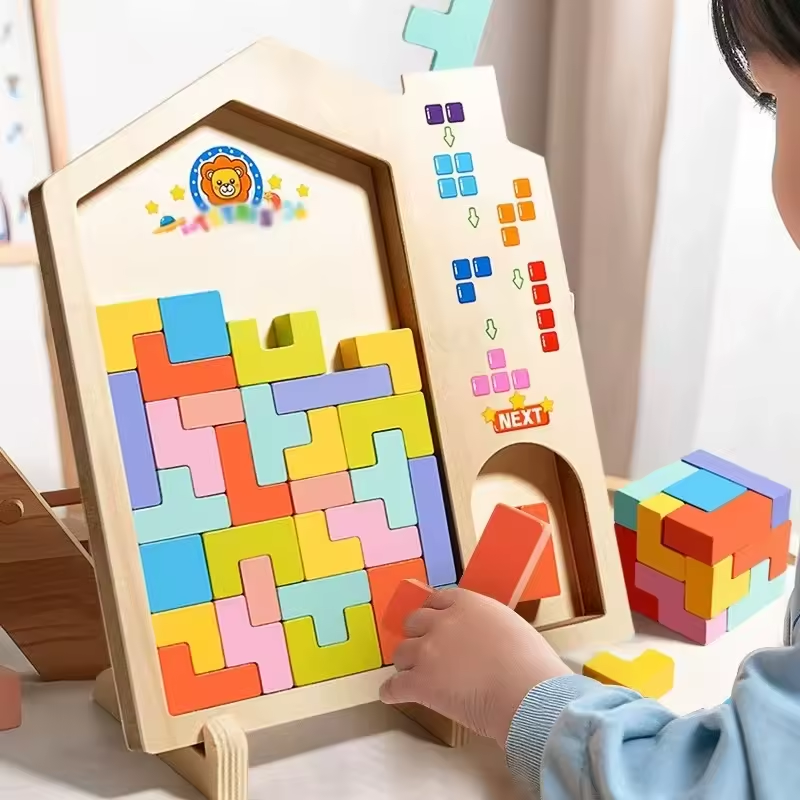Part 1: Introduction to Electronic Building Kits
Electronic building kits are an innovative and engaging way to introduce children to the world of Science, Technology, Engineering, and Mathematics (STEM). With the growing emphasis on STEM education, these kits provide hands-on learning experiences that spark curiosity and creativity. Here are two reasons why electronic building kits are a valuable tool for STEM explorations:
Hands-On Learning
One of the key benefits of electronic building kits is the opportunity for hands-on learning. By building their own electronic devices, students can experiment with different components, troubleshoot problems, and see the direct results of their efforts. This experiential learning approach is far more effective than traditional textbook-based instruction, as it helps students to solidify their understanding of STEM concepts and apply them to real-world scenarios.
Integration of STEM Disciplines
Electronic building kits bring together various STEM disciplines, such as electronics, coding, and engineering. This integration enables students to explore the interconnected nature of these fields and develop a holistic understanding of technology and its applications. For example, students may need to understand basic electrical circuits to build a simple device, while also learning how to write code to control its functionality. This integrated approach helps students to see how different STEM concepts work together to create complex systems.
Problem-Solving and Critical Thinking
Electronic building kits also promote problem-solving and critical thinking skills. When students encounter challenges while building their devices, they must use their problem-solving skills to identify and resolve the issue. This can help them develop a growth mindset and learn to persevere in the face of setbacks. Additionally, electronic building kits can encourage students to think creatively and come up with innovative solutions to design challenges.

Real-World Applications
Electronic building kits can also help students to see the real-world applications of STEM concepts. By creating devices that solve real-world problems, students can gain a better appreciation for the importance of technology and its impact on society. This can inspire students to pursue STEM careers and contribute to technological advancements.
Part 2: Developing Critical Thinking and Problem-Solving Skills
Electronic building kits play a crucial role in nurturing critical thinking and problem-solving skills in students. Here are two ways in which these kits contribute to the development of these essential skills:
Experimentation and Inquiry
Electronic building kits provide a platform for students to explore the world of electronics through experimentation and inquiry. By formulating hypotheses, conducting experiments, and analyzing their findings, students can develop a deeper understanding of how different components interact within a circuit or system. This process fosters critical thinking and encourages students to ask questions, make observations, and draw conclusions based on evidence.
When students encounter challenges or unexpected results, they are encouraged to investigate the underlying causes and develop alternative solutions. This iterative process helps students to develop their problem-solving skills and learn from their mistakes. Additionally, experimentation and inquiry can spark creativity and innovation, as students are free to explore different design possibilities and experiment with new ideas.
Iterative Design Process
The iterative design process is another valuable aspect of electronic building kits. This approach involves designing, building, testing, and refining electronic creations based on feedback and results. By going through multiple iterations, students can learn to identify and address design flaws, improve their designs, and achieve the desired outcomes.
The iterative design process also instills resilience and perseverance in students. When faced with challenges or setbacks, students can learn to adapt their designs, try new approaches, and keep moving forward. This experience can help students develop a growth mindset and understand that failure is a natural part of the learning process.
Part 3: Fostering Creativity and Innovation
Creativity and innovation are fundamental components of STEM education, and electronic building kits provide a platform for students to express their inventive ideas. Here are two ways in which these kits foster creativity and innovation:

1. Open-Ended Projects:
Electronic building kits offer open-ended projects that allow students to explore their creativity by designing and building custom electronic circuits and devices. This freedom to experiment empowers students to think outside the box and come up with unique solutions to real-world problems.
2. Application of Complex Concepts:
By engaging with complex electronic components and concepts, such as sensors, actuators, and microcontrollers, students are encouraged to think innovatively to apply these elements in practical projects. This process enhances their ability to conceive and implement novel technological solutions.
Part 4: Enhancing Collaboration and Communication Skills
In addition to technical knowledge, STEM explorations with electronic building kits also cultivate collaborative and communicative abilities among students. Here are two ways in which these kits enhance these interpersonal skills:
Collaborative Projects
Collaborative projects are an integral part of electronic building kit activities. By working together in teams, students can learn to share ideas, delegate tasks, and work towards a common goal. This collaborative experience promotes teamwork, leadership, and the distribution of responsibilities among team members.
When students collaborate on projects, they can benefit from each other’s strengths and perspectives. This can lead to more innovative and creative solutions to design challenges. Additionally, collaborative projects can help students develop their interpersonal skills, such as conflict resolution, negotiation, and effective communication.
Presentation and Documentation
Once a project is complete, students are often tasked with presenting their work to their peers or instructors. This presentation can take the form of a formal presentation, a demonstration, or a written report. By presenting their projects, students can showcase their achievements, explain the technical details of their design, and articulate their ideas in a clear and concise manner.

Documentation is another important aspect of electronic building kit projects. Students may be required to document their design process, findings, and outcomes. This can involve creating diagrams, writing code, or keeping a detailed journal. By documenting their work, students can reflect on their learning process, identify areas for improvement, and share their knowledge with others.
Part 5: Empowering Future Innovators
The skills and knowledge acquired through STEM explorations with electronic building kits have a lasting impact on students, empowering them to become future innovators and problem solvers. Here are two ways in which these experiences set the stage for long-term success:
1. Technological Literacy:
Electronic building kits serve as powerful tools for fostering technological literacy in students. By engaging with these kits, students gain a solid foundation in the principles of technology, electronics, and programming. This knowledge equips them with the essential skills to navigate and thrive in the increasingly technology-driven world.
Moreover, the hands-on experience provided by electronic building kits helps students develop a practical understanding of how technology works. This practical knowledge can be invaluable as they pursue further studies or careers in STEM fields. By understanding the underlying principles of electronics and programming, students are better equipped to tackle complex technological challenges and contribute to innovation.
2. Inspiring Career Paths:
STEM explorations with electronic building kits can inspire students to pursue careers in engineering, robotics, computer science, and other STEM-related industries. By igniting a passion for innovation and discovery, these experiences lay the groundwork for future success in STEM disciplines.
Part 6: Conclusion
In summary, electronic building kits serve as valuable tools for fostering STEM explorations and providing students with an immersive and hands-on learning experience. Through the development of critical thinking, problem-solving skills, creativity, collaboration, and communication, these kits play a pivotal role in preparing the next generation of innovators and technologists. As technology continues to advance, STEM explorations with electronic building kits will remain integral to inspiring and empowering individuals to make meaningful contributions to the ever-evolving world of science and technology.




